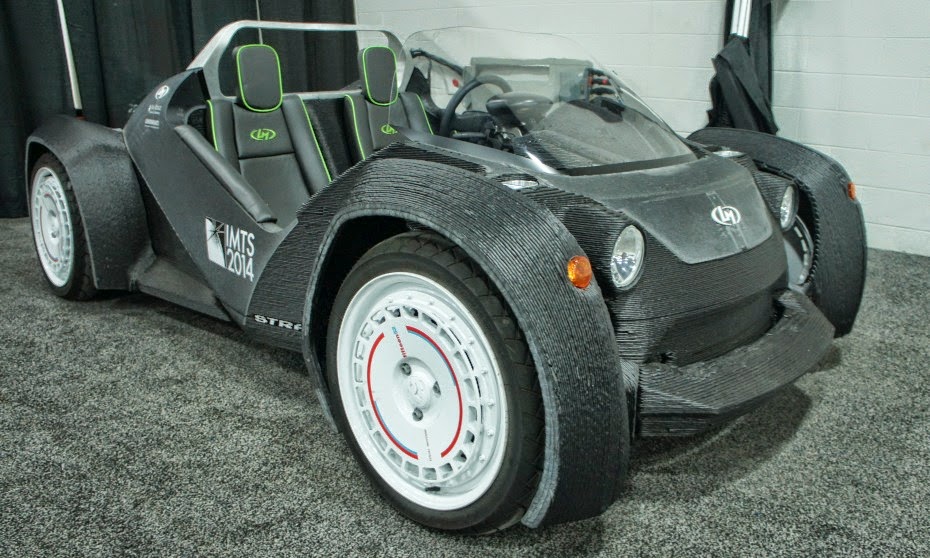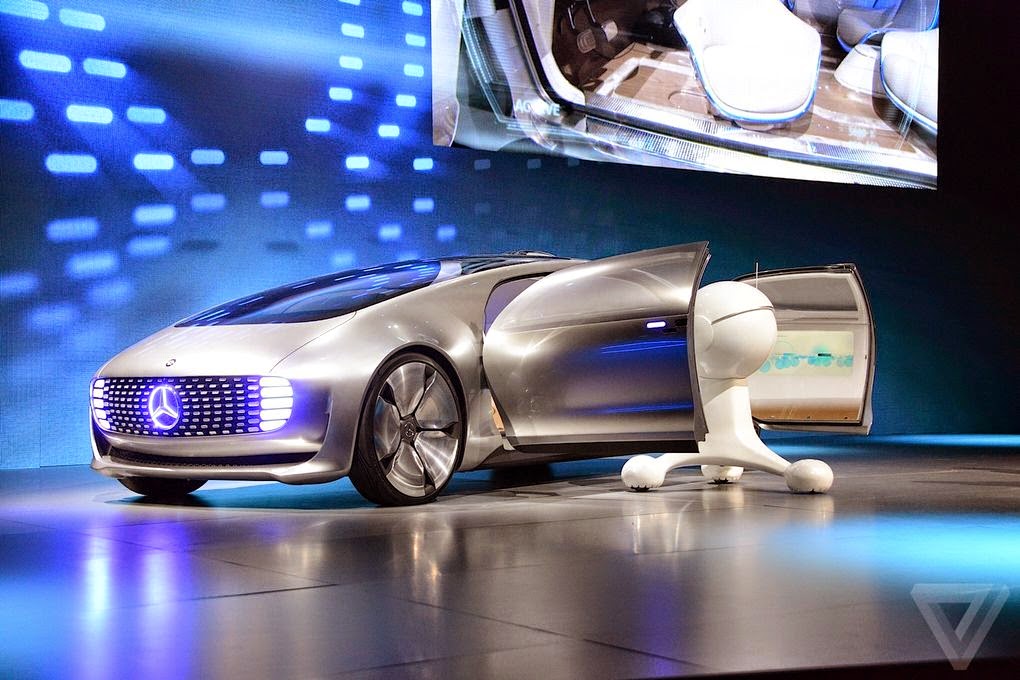Experimental New Dashboard Computer – Keep Track of Behaviour Behind Wheel
With the increase in road accidents that are often occurring on the roads due to the driver’s negligence or failure on control of the vehicle, a new development has come up. This is in the form of experimental new dashboard computer which can keep track of the behaviour behind the wheel as well as predict what one is about to do next. Volvo, GM together with the others is on their way of testing systems which would be monitoring head and the eye position in order to identify signs of distraction.
Study by researchers at Cornell University and Stanford portray a more advanced method which could be educated in recognizing body language as well as behaviour which precedes a certain movement. This could activate early alerts like a blind spot vigilant, in advance thereby helping in avoiding serious accidents as per the academics involved.
Saxena Ashutosh, director of a project known as Robo Brain, at Cornell University and Stanford who oversaw the driving project, comments saying that `one could imagine yourself driving on a highway and you look to the right for a second since you intend making a right turn and as you are starting to make a right turn, some other driver pulls into the space which you probably thought was empty’.
Cutting Edge Machine Learning Algorithms
A car could in this instance issue an alert or prevent the driver form pulling into the lane. This method has been trained utilising cutting edge machine learning algorithms which predicts with over 90% precision whenever a driver is about to change lanes in the next few seconds. This lane change is generally signalled with a glance over the shoulder together with indicative head movement and changes in the steering, braking as well as acceleration.
Ashutosh states that the accuracy achieved is quite excellent to be utilised in a production system. The researchers are exploring various ways for a vehicle to monitor and expect the driver’s behaviour through the project – Brain4Cars. The process involves utilising a machine learning approach known as deep learning in order to distinguish the actions that led the effort of lane changing.
The systems were trained using data gathered as 10 different individuals drove around 1,180 miles around various locations of California. The researchers propose to make the ensuing data set easily available in order that the other academics and auto researchers could utilise the same.
Luxury Cars Equipped with Sensors
In recent years deep learning is said to be particularly beneficial in recognizing complex or elusive patterns like video and audio. The same has already been used allowing vehicle computers to identify various kinds of obstacles on the road. The team in their recent work had combined data from a video camera with GPS data and information from a computer system of a car.
Several luxury cars are now equipped with sensors which enable safety warnings and automatic breaking and steering. A student of Saxena’s and project lead on Brain4Cars, Ashesh Jain has commented that monitoring activity within a car and outside tends to make such safety systems intelligent.
He says that if the driver is distracted for a moment, if there is nothing in front, the car could be smart enough and not alert the drive. It is about how one utilises the info from all these sensors.























